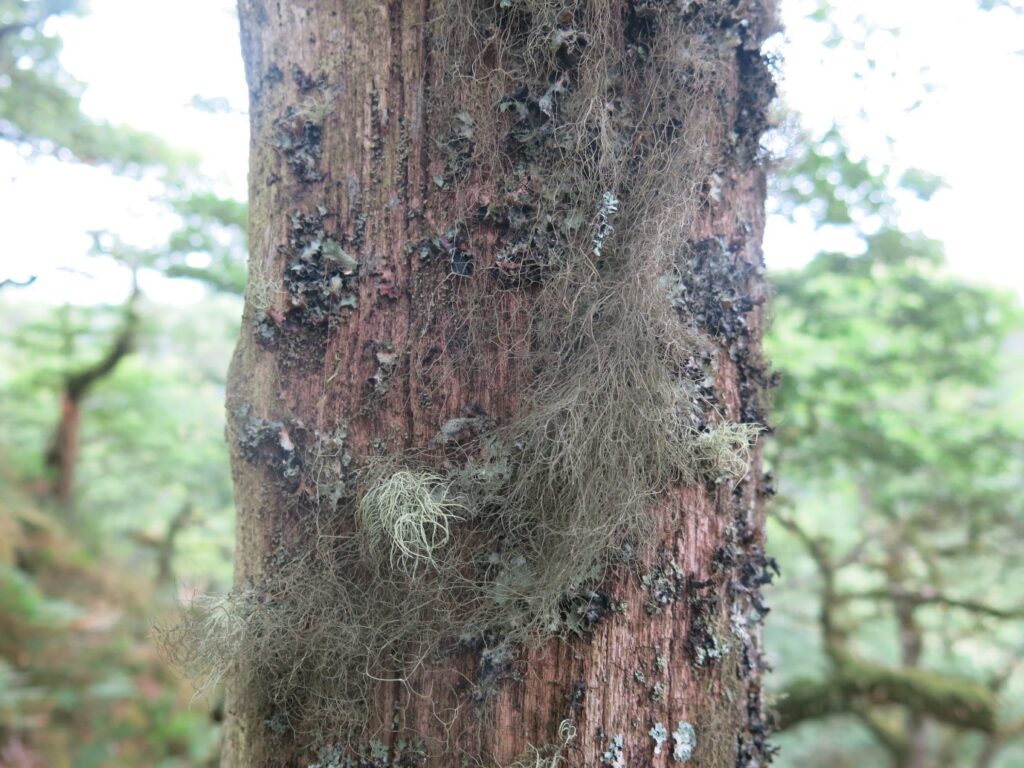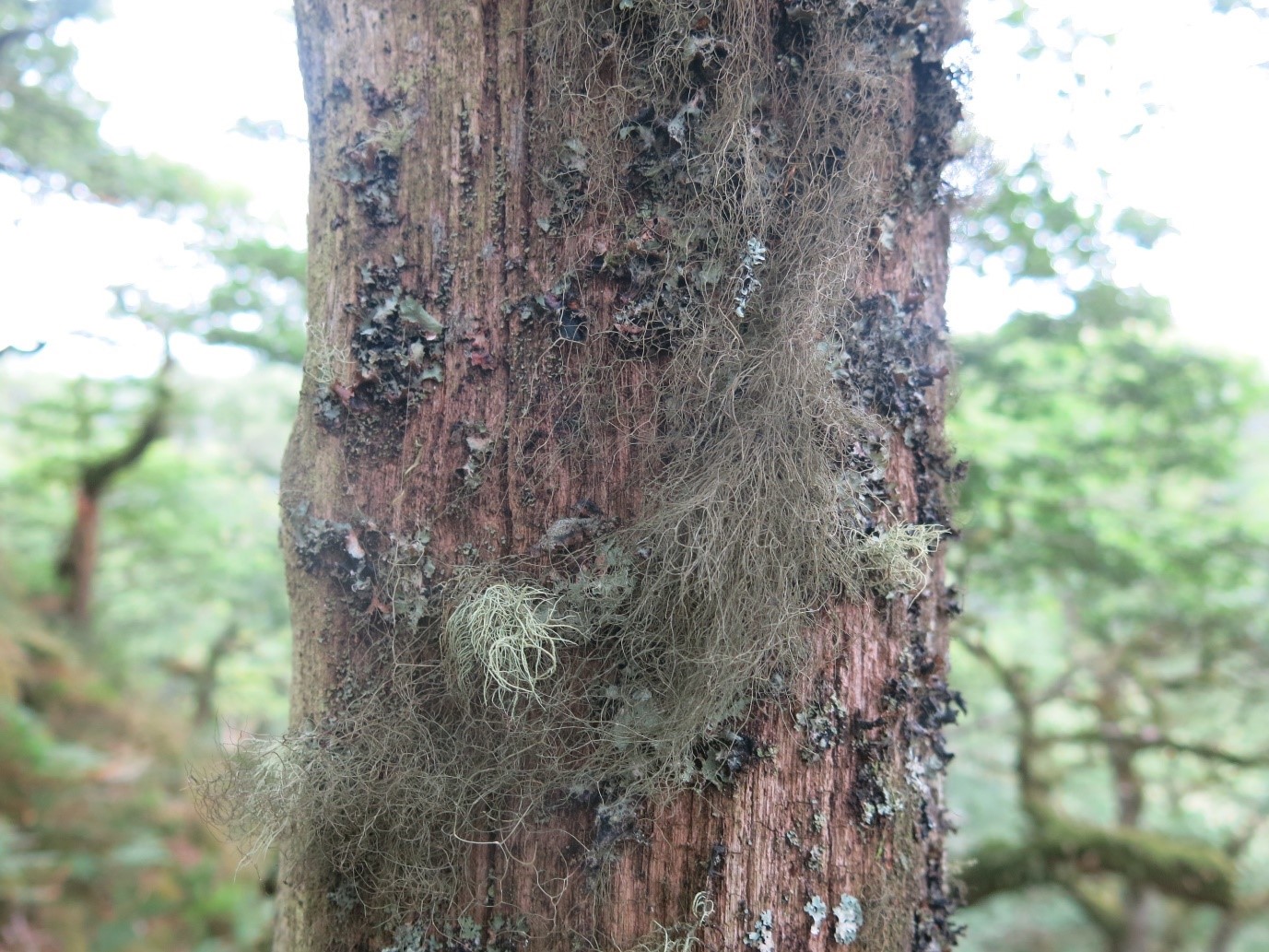Reactive nitrogen levels are rising, with severe impacts on the environment. But this has gone relatively unnoticed as attentions have been focused on other environmental issues, such as the effects of climate change. Here, Sam Bosanquet highlights the sources of nitrogen pollution, the role of lichens in our understanding of the consequences of nitrogen pollution, and the wider ecosystem impacts.
For the last century, since the invention of the Haber–Bosch process to convert (‘fix’) atmospheric nitrogen (N) into ammonia (NH3), conservationists have been sleepwalking into a crisis. While we focused on pesticides, acid rain, the ozone layer, habitat loss and climate change, levels of reactive N have gone up and up, and much of our remaining semi-natural habitat is now suffering N enrichment that has profound effects on species composition.

